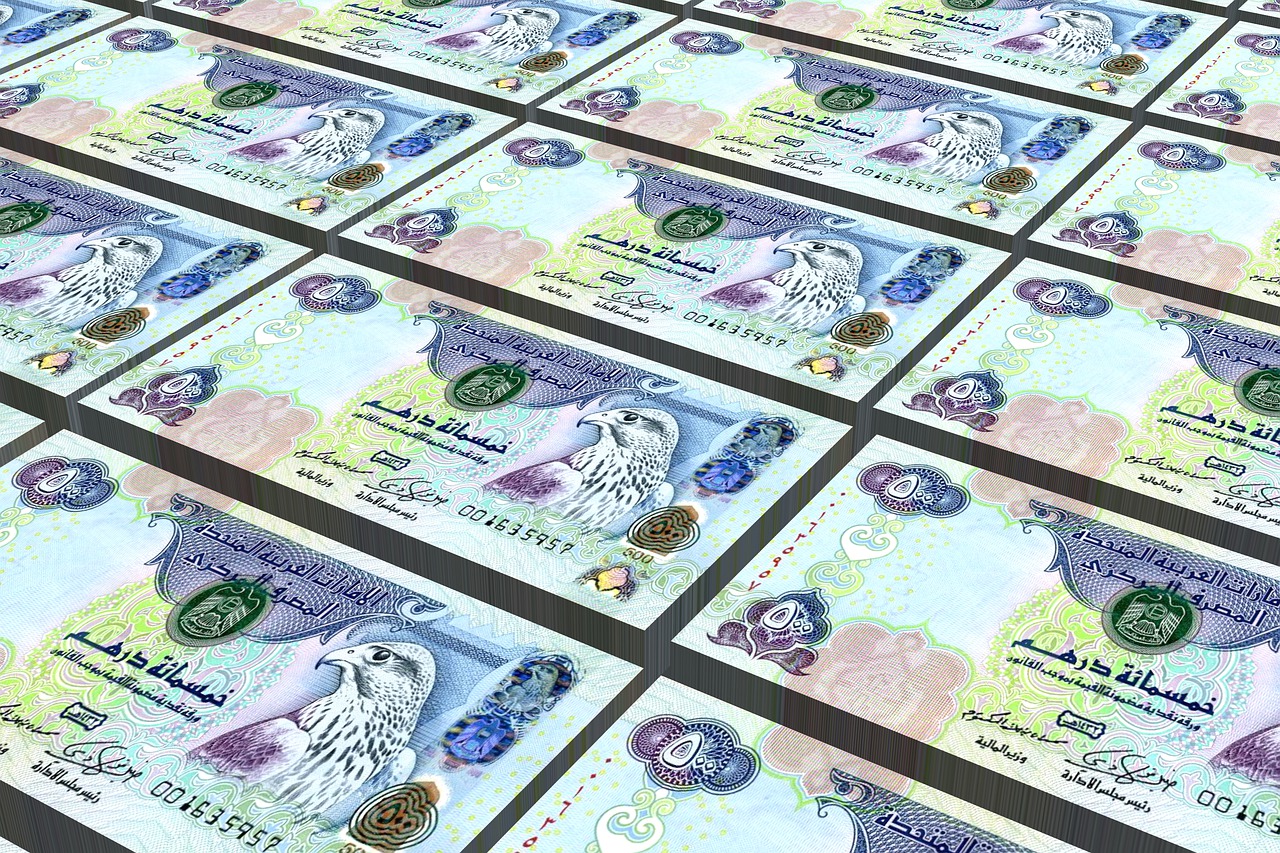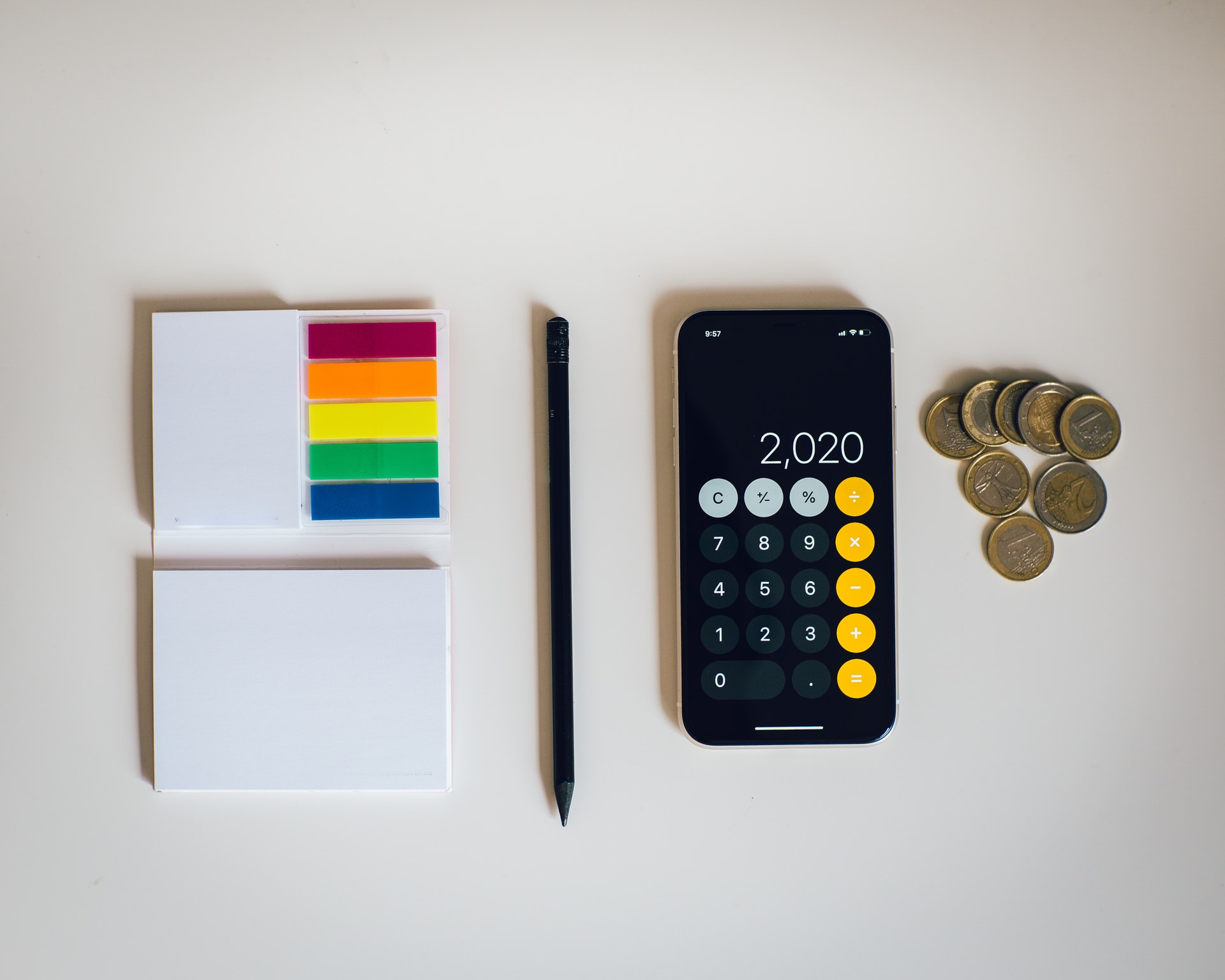The UAE’s money transfer market is fiercely competitive, with various options for sending your hard-earned dirhams abroad. However, there is a reason for this. According to recent data from the UAE Central Bank, the UAE is one of the world’s leading outbound remitter countries, with citizens sending roughly Dh39.9 billion to their home countries in the fourth quarter of 2018.
The money exchange and transfer benefit several families in India, the Philippines, the United Kingdom, and the United States. As a result, the UAE’s international money transfer sector is tremendously established.
People have multiple options like banks, exchange houses, digital money transfers, and more unofficial routes for currency exchange in Dubai.
It is smart and safe to do some research before deciding on a transfer service. To make an informed decision, you must thoroughly analyze exchange rates, transfer costs, and timeframes. So, which choice is the best?
- Exchange Houses
As per the Central Bank, exchange houses are the most common way of currency exchange, responsible for roughly three-quarters of all remittance operations. In the fourth quarter of 2018, exchange houses received Dh30.4 billion in remittances, compared to Dh9.5 billion sent through banks.
Those searching for the best deal can use the World Bank portal to evaluate pricing for remittance routes to low and middle-income countries such as India, Pakistan, and the Philippines.
Some of the least expensive exchange houses on the UAE to India route are popular on the internet. They intend to compare prices when sending relatively little quantities of money – roughly Dh700 and Dh1800 dirhams.
Customers can pick from various transfer services, including bank-to-bank, cash-to-cash, and even transfers to mobile wallets. However, account-to-account transactions are usually the most cost-effective.
- Banks
International transfers via your bank might be quick and easy, but they can also be costly due to higher margins and trading costs. Some UAE banks, on the other hand, have recently launched strategies to match with exchange houses.
Mobile payment was the cheapest way to finance a remittance transaction internationally in the fourth quarter of last year, as per the World Bank.
Traditionally, the most popular sending money abroad and currency exchange was through exchange houses, with banks serving as “essentially marginal actors.” That has changed in the last two to three years, as new technology has allowed you to transmit money instantaneously and on your mobile device.
Another reason driving the popularity of bank-to-bank transfers is the rapid increase in bank accounts in crucial regions like India and Pakistan.
Since no one can foresee future rates, sending money when a rate achieves a new milestone is wise if the currency is going in your favor. Bundling your assets into a vast single transfer, according to experts, can result in lower transaction charges.
Regular remitters must keep an eye on the exchange rate fluctuations. It will allow you to time your transfer more intelligently, mainly if you can postpone your remittance and transfer in mass when the rate for currency exchange in Dubai is at its best.







